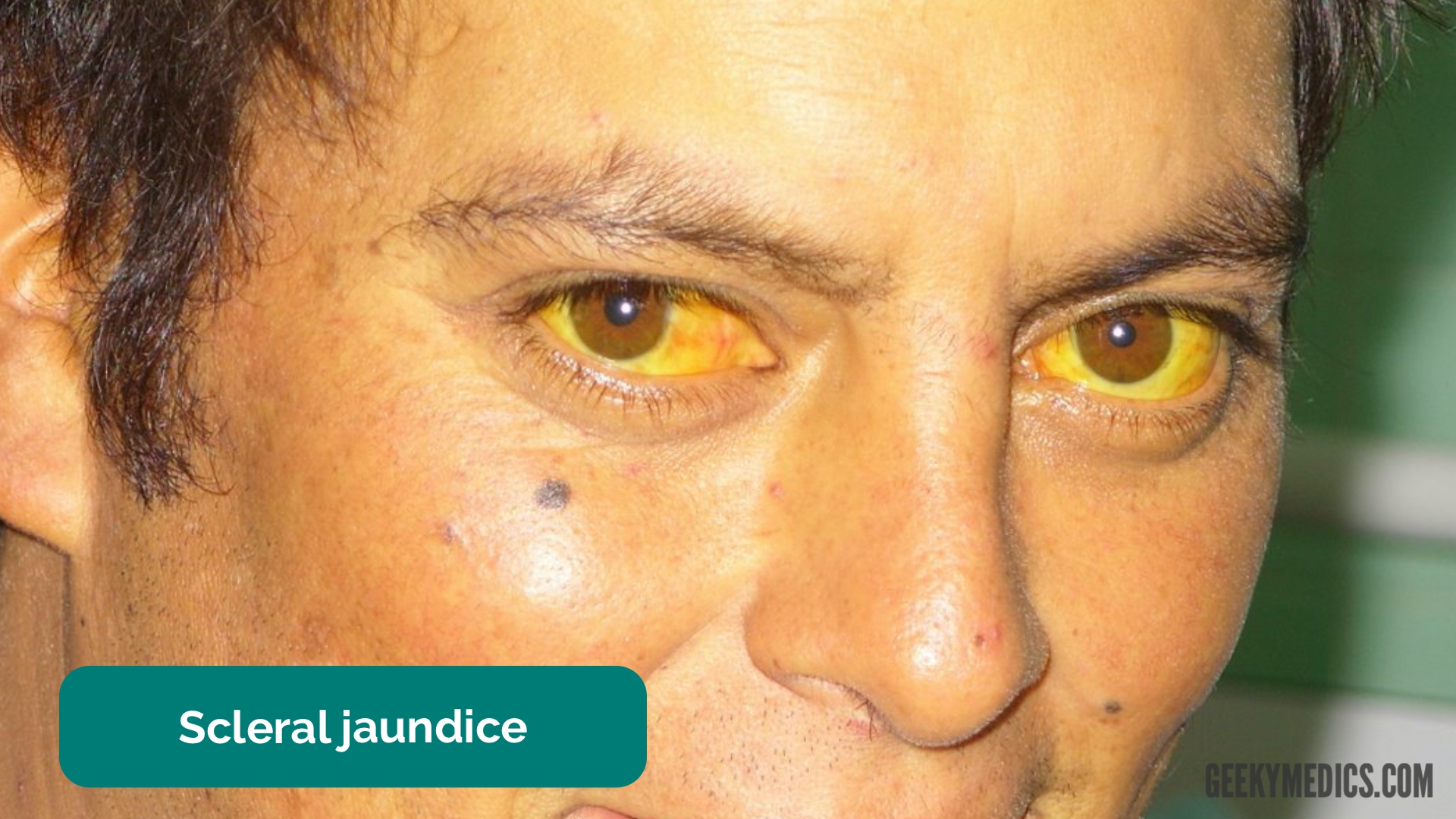

#Treatment for scleral icterus skin#
Because bilirubin is a skin irritant, jaundice is commonly associated with severe itchiness. Other common signs include dark urine ( bilirubinuria) and pale ( acholia) fatty stool ( steatorrhea).

The most common signs of jaundice in adults are a yellowish discoloration of the white area of the eye ( sclera) and skin with scleral icterus presence indicating a serum bilirubin of at least 3 mg/dl.

Signs and symptoms Ī 4-year-old boy with icteric sclera due to G6PD deficiency The word "jaundice" is from the French jaunisse, meaning "yellow disease". The itchiness may be helped by draining the gallbladder, ursodeoxycholic acid, or opioid antagonists such as naltrexone. Jaundice in newborns may be treated with phototherapy or exchanged transfusion depending on age and prematurity when the bilirubin is greater than 4–21 mg/dl (68–360 μmol/L). Medical management may involve treating infectious causes and stopping medication that could be contributing to the jaundice. If a bile duct blockage is present, surgery is typically required otherwise, management is medical. Treatment of jaundice is typically determined by the underlying cause. Other conditions can also cause yellowish skin, but are not jaundice, including carotenemia, which can develop from eating large amounts of foods containing carotene - or medications such as rifampin. High conjugated bilirubin may be due to liver diseases such as cirrhosis or hepatitis, infections, medications, or blockage of the bile duct, due to factors including gallstones, cancer, or pancreatitis. High unconjugated bilirubin may be due to excess red blood cell breakdown, large bruises, genetic conditions such as Gilbert's syndrome, not eating for a prolonged period of time, newborn jaundice, or thyroid problems. Ĭauses of jaundice vary from relatively benign to potentially fatal. High blood bilirubin is divided into two types – unconjugated and conjugated bilirubin. Normal levels of bilirubin in blood are below 1.0 mg/ dl (17 μmol/ L), while levels over 2–3 mg/dl (34–51 μmol/L) typically result in jaundice. The most commonly associated symptoms of jaundice are itchiness, pale feces, and dark urine. The prevalence of jaundice in adults is rare, while jaundice in babies is common, with an estimated 80% affected during their first week of life. Jaundice in adults is typically a sign indicating the presence of underlying diseases involving abnormal heme metabolism, liver dysfunction, or biliary-tract obstruction. Jaundice, also known as icterus, is a yellowish or greenish pigmentation of the skin and sclera due to high bilirubin levels. Pancreatic cancer, Pancreatitis, Liver disease, Certain infections Yellowish coloration of skin and sclera, itchiness Gastroenterology, hepatology, general surgery


 0 kommentar(er)
0 kommentar(er)
